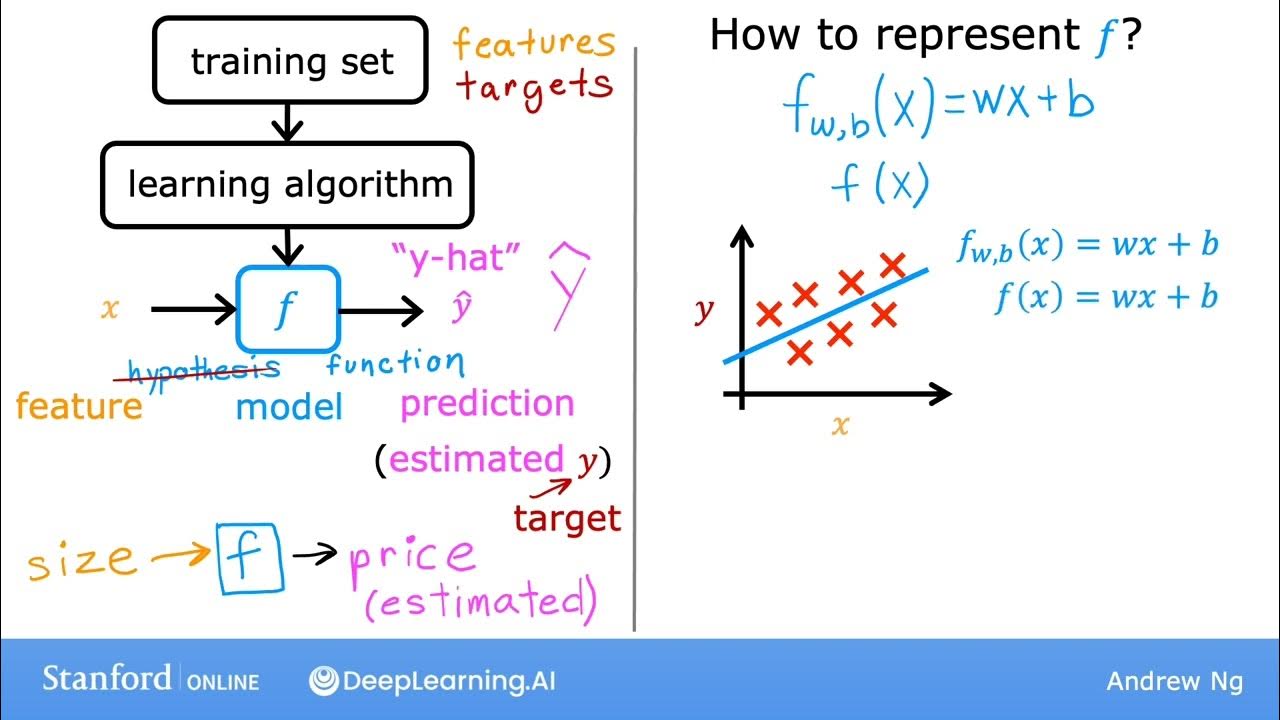F.E.A.R. - The Retrospective
Summary
TLDRThe video script delves into the development of F.E.A.R.'s AI, highlighting the innovative GOAP technique that revolutionized enemy behavior in video games. It features an interview with Dr. Jeff Orkin, the lead AI developer, who shares insights on the game's AI origins, the challenges faced, and its lasting impact on the industry. The script also reflects on Monolith Productions' approach to game design and the unique opportunity Orkin had to create a more intelligent and dynamic AI system that continues to influence modern game development.
Takeaways
- 🎮 The script discusses the development of AI in the video game 'F.E.A.R.', highlighting its innovative AI system that contributed to the game's success and lasting impact on the industry.
- 🤖 The AI system, known as Goal Oriented Action Planning (GOAP), was created by Dr. Jeff Orkin, who was given the unique opportunity to redesign the AI from scratch during the game's pre-production phase.
- 🚀 GOAP was inspired by planning techniques used in AI research, such as STRIPS, and was adapted by Orkin to be practical for real-time replanning in a game environment.
- 🛠️ The development of GOAP involved overcoming significant technical challenges, including optimizing CPU usage to ensure the AI could perform well even with limited resources.
- 🔍 The script details the iterative process between AI programming, level design, and animation to create believable and dynamic enemy behaviors in the game.
- 🔑 The importance of level design in marking up the environment to guide AI behaviors, such as identifying cover points and potential environmental interactions, is emphasized.
- 🗣️ The integration of voice work and squad behavior added depth to the AI, making the enemies feel more intelligent and reactive, which was crucial for the game's immersive experience.
- 🏆 'F.E.A.R.' received critical acclaim for its AI, leading to awards and recognition, and has continued to be influential nearly two decades after its release.
- 💡 The game's success and the innovative AI techniques used have inspired other games and AI research, pushing the boundaries of what is possible in interactive entertainment.
- 🔄 The script reflects on the industry's shift towards larger budgets and more cautious development practices, which may limit the experimentation seen in the early 2000s.
- 🔮 Jeff Orkin's current work with BitPart.ai suggests a continued exploration of AI in interactive media, combining action planning with dialogue and drama planning.
Please replace the link and try again.
Outlines

This section is available to paid users only. Please upgrade to access this part.
Upgrade NowMindmap

This section is available to paid users only. Please upgrade to access this part.
Upgrade NowKeywords

This section is available to paid users only. Please upgrade to access this part.
Upgrade NowHighlights

This section is available to paid users only. Please upgrade to access this part.
Upgrade NowTranscripts

This section is available to paid users only. Please upgrade to access this part.
Upgrade NowBrowse More Related Video

Composite Functions

Web Development for beginners in Hindi - web dev #2

Manipulating Functions Algebraically and Evaluating Composite Functions

06 - As Leis de Newton.

Applying First Principles to x² (2 of 2: What do we discover?)

Übersicht f f´ f´´, Zusammenhänge der Funktionen/Graphen, Ableitungsgraphen | Mathe by Daniel Jung

#10 Machine Learning Specialization [Course 1, Week 1, Lesson 3]
5.0 / 5 (0 votes)